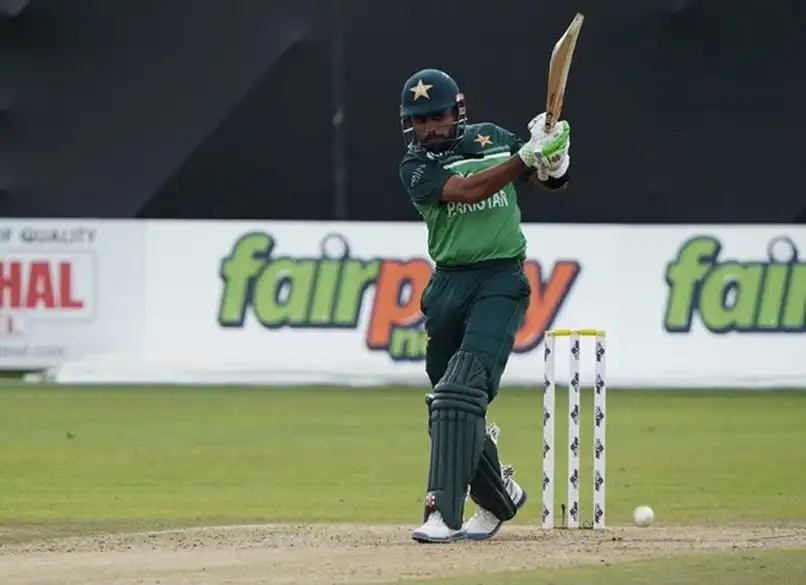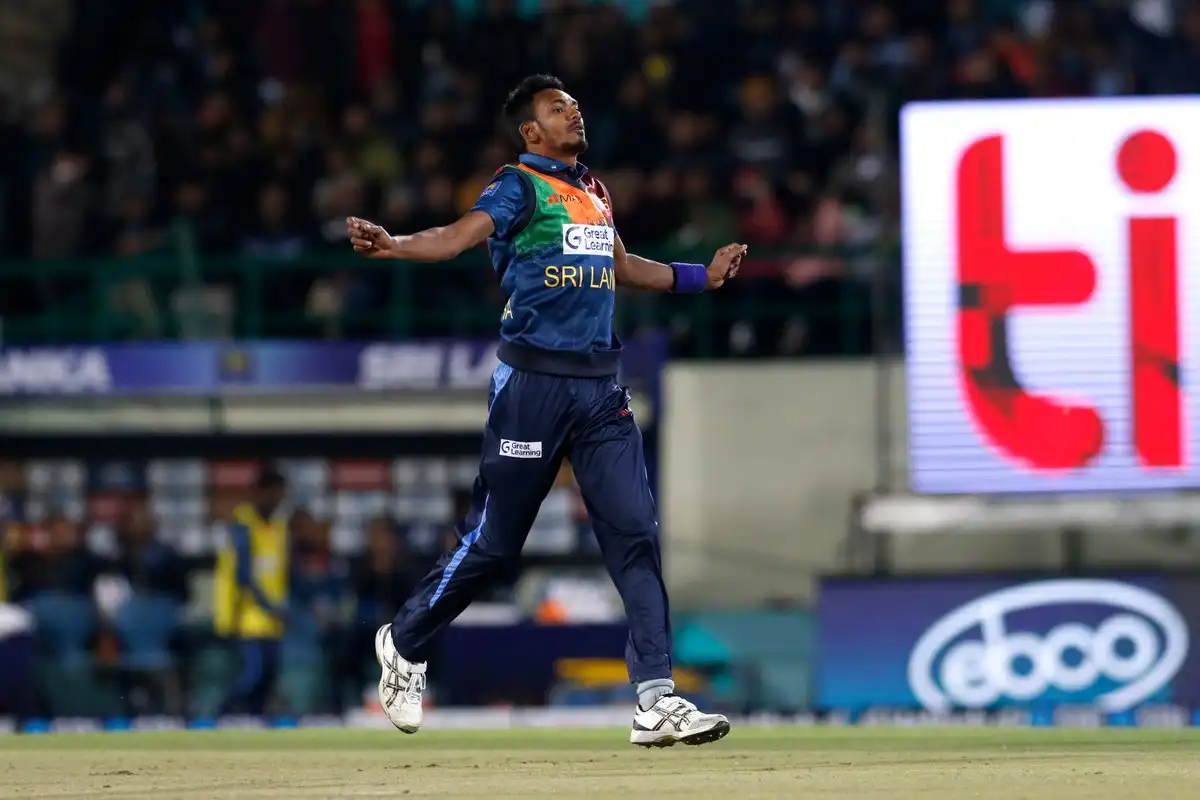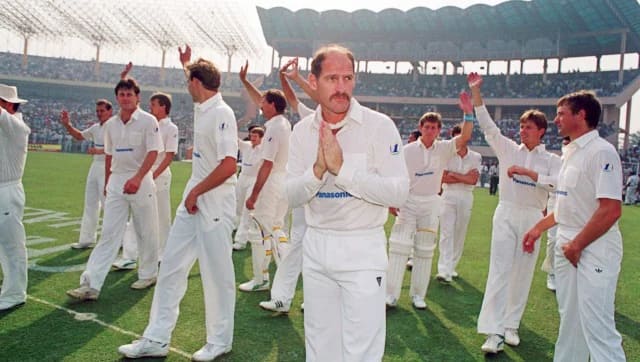 10 November, 1991. South Africa returns to international Test cricket.
10 November, 1991. South Africa returns to international Test cricket.
South Africa's swim with politics
The stage is set, Kolkata welcomes a team deprived of cricket for 21 years. A desperate return to the international stage in a country that was vanguarding the anti-apartheid movement, also South Africa's first ever international match against a non-white team.
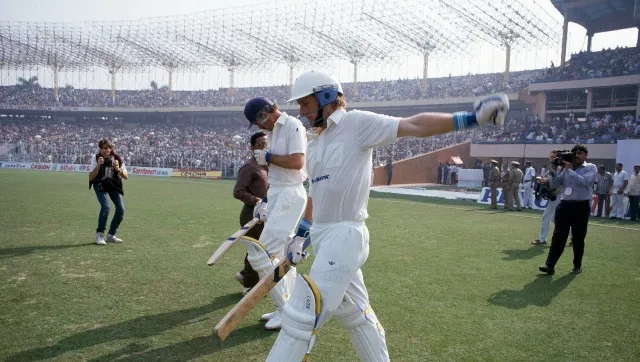 South African batters make their way into the field
South African batters make their way into the field
Looking into the rearview mirror, haunted by its horrendous past, South Africa cricket became a common ground for segregation and political intervention. Later, India would be the one to vote in favour of South Africa's re-admittance to ICC.
The rise of South African Test dominance
After what seemed like decades of darkness, the Proteas started to crawl their way out of the dungeon.
The modern era is approaching, it is 2003, South Africa is thrown out of the World Cup, Hansie Cronje lost his life in the past year and a 22 year-old is appointed the captain.
Carrying the weight of the world, the 22 year-old Graeme Smith has only played 8 Tests so far, with barely any experience, soon he set out to lead a team full of uncertainty into a world full of politics.
The prophecy and it's chosen one
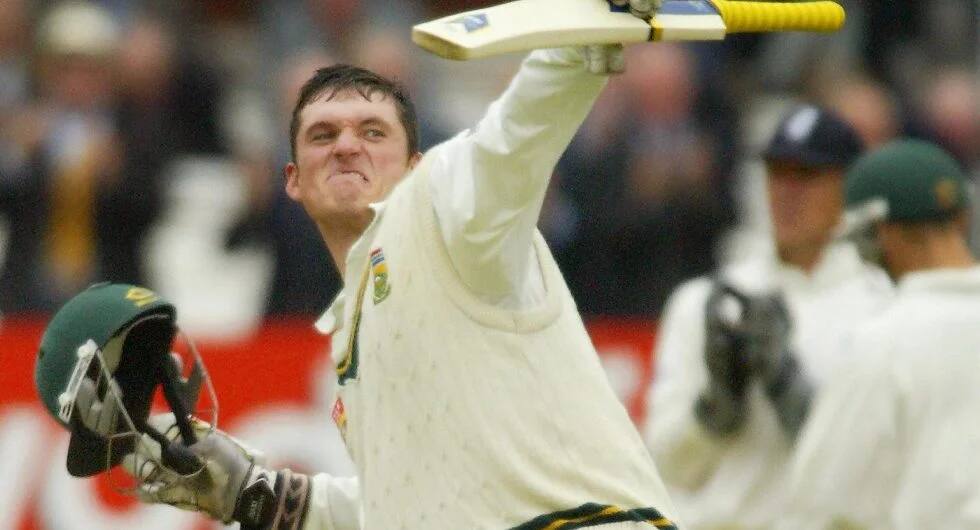 A 22 year-old Graeme Smith
A 22 year-old Graeme Smith
South Africa Test cricket flourished under the captaincy of Graeme Smith. History saw the left-hander become the most successful captain. His first battle as commander took place in England and the batter sung his battle symphony with two double hundreds.
Smith was named the Wisden cricketer of the year in 2004, but he didn't witness worthwhile success until 2008.
South Africa wields it's sword
In 2008, the Proteas made history with a series win in England against the hosts after 43 long years. Smith is now viewed as an emerging leader.
A team down to brawl, they continue their march to beat Australia in their prime by a margin of 2-1 in their own home.
One of the highlights of South Africa cricket is when they drew two series against India in India, in 2008 and 2010.
Still on an expedition and still climbing, South Africa became the number 1 Test team in international cricket in 2012.
A collection of ancient ruins
Following Graeme Smith's retirement in 2014, South Africa started a gentle downfall, they had lost a frontrunner and its spine. Slowly being pushed off the precipice and back into parliament brawl.
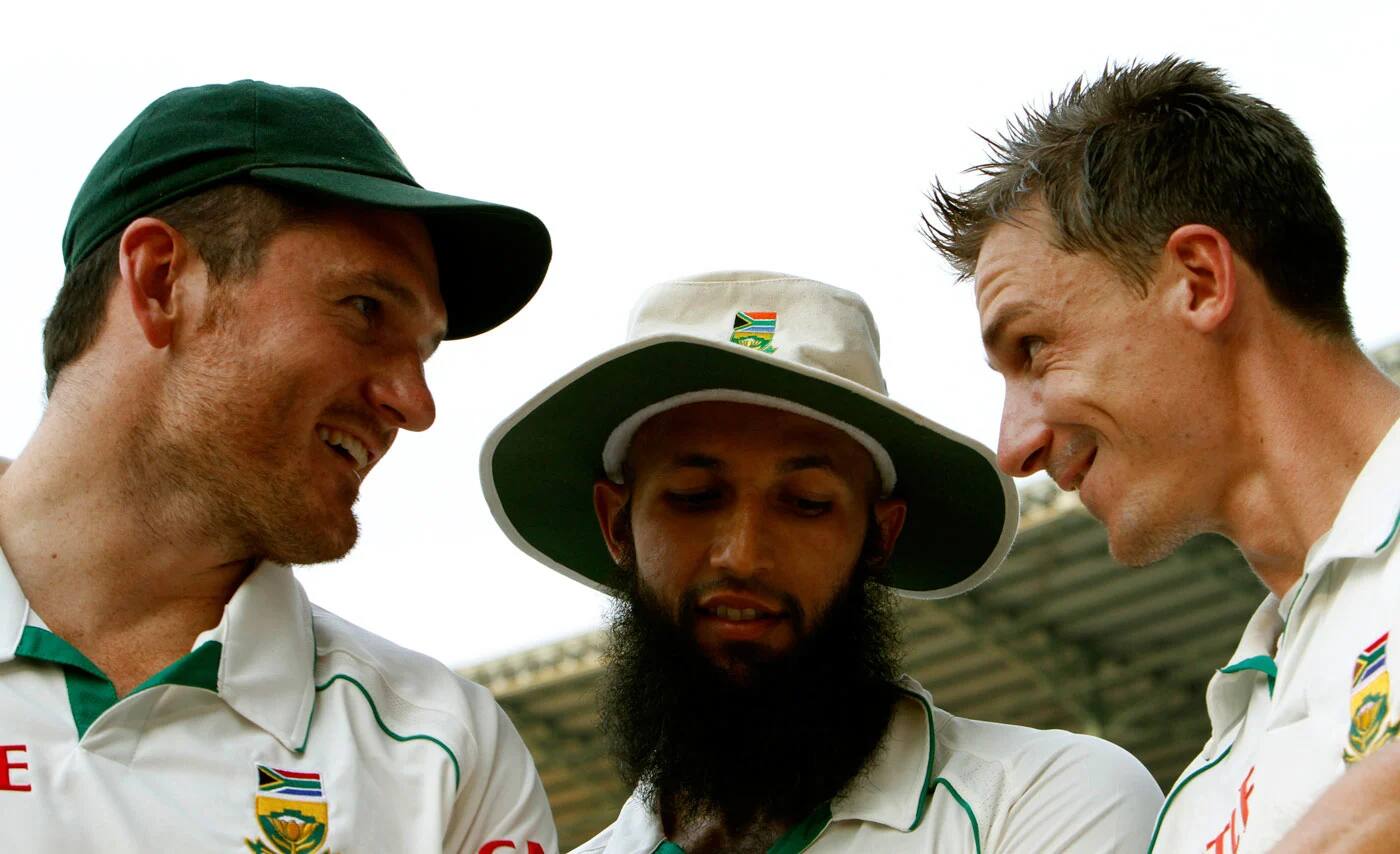 Graeme Smith, Hashim Amla and Dale Steyn
Graeme Smith, Hashim Amla and Dale Steyn
But hopes were still alive for South Africa; the Test team still contained legendary players, Hashim Amla, AB de Villiers, Dale Steyn and Faf du Plessis to name a few.
Hashim Amla took the reins and maintained South Africa's reign well into 2016, but the team's days at the top were numbered.
CSA's attempt at gentrification
A jump into 2020, the man who carried South African Test cricket on his back is now the Director of Cricket South Africa. The Mzansi Super League is into it's third year, and CSA is living in utopia.
The relations that South Africa built with India, Pakistan and a few others come handy when trying to manufacture a glittery T20 franchise league. CSA is now trying to promote shorter formats and franchise leagues, and cricket, ends up getting gentrified.
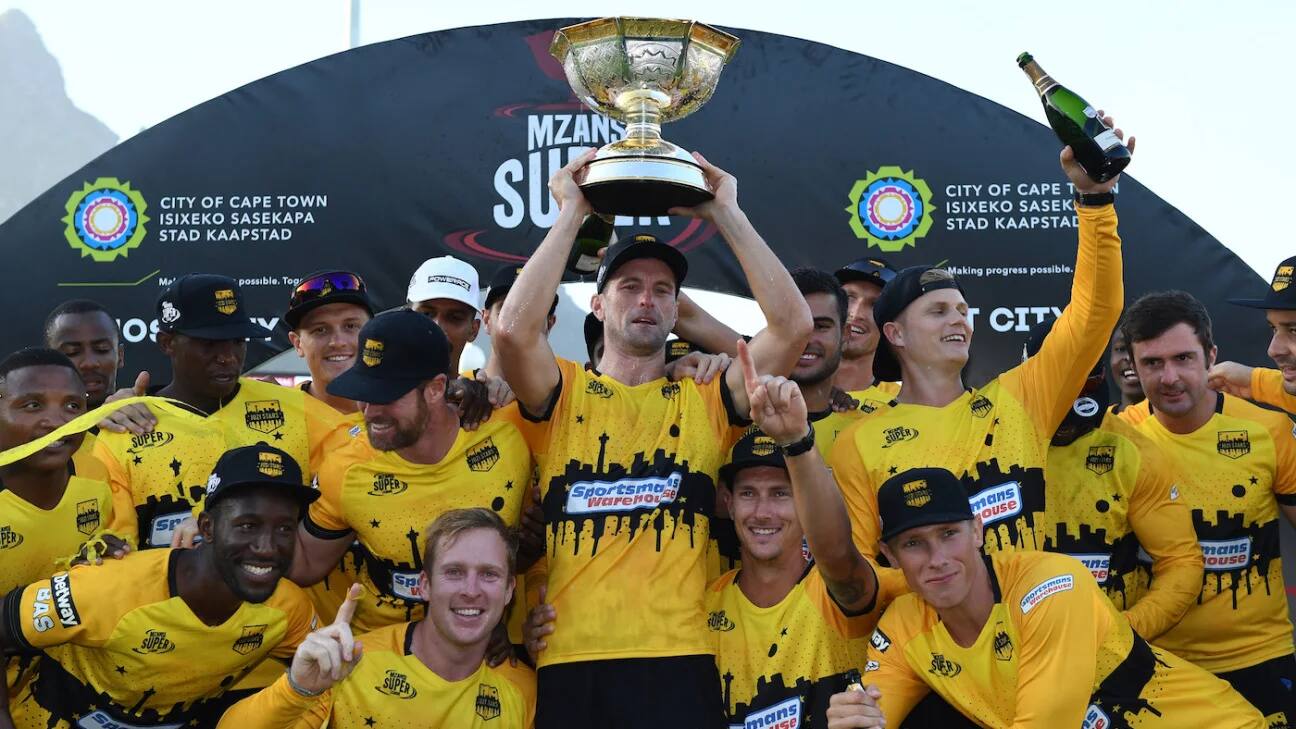 The Mzansi Super League
The Mzansi Super League
Despite cricketers' continued pleas, Test cricket is nowhere on CSA's agenda. Smith, the director, is now living in remorse, CSA has neither the will nor the money to host Test matches. The newly announced FTP has barely any Tests scheduled for the Proteas, and no one bats an eye.
The board's priorities are clear, they crave the midas touch and the cure to all woes is money and money alone. Racism, pandemic, politics, internal conflict play a part in South Africa's downfall. CSA has formed quite a reputation for itself and built a stairway down the pedestal.
Also Read: Anrich Nortje reflects on his journey as a fast bowler
